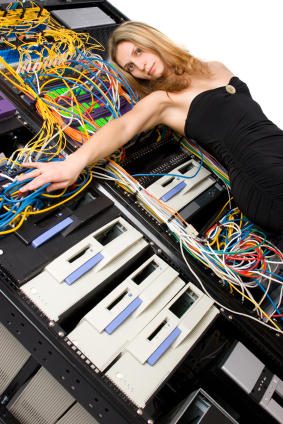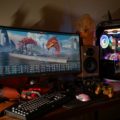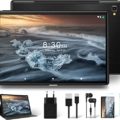
An IT network or computer network is a collection of computers that are interconnected to perform various network functions. Networks can be categorized based on different characteristics. This post provides a general overview of different types and categories of networks, as well as the essential components of an IT network.
In general, an IT network enables computers to communicate with each other and share resources and information. The first operational computer network in the world was the “Advanced Research Projects Agency Network” (ARPANET) for the United States Department of Defense, funded by the Advanced Research Projects Agency (ARPA). The development of this network began in 1969 and was fully realized during the 1960s.
So, what is networking? In the world of computers, networking refers to the practice of connecting two or more computing devices together to facilitate the sharing of information. IT networks are built using a combination of computer hardware and software. Computer networks can also be categorized based on the hardware and software technologies used to interconnect the devices within the network, such as optical fiber, Ethernet, wireless LAN, HomePNA, and power line communication.
Ethernet utilizes data wiring to connect devices, and commonly used components include hubs, switches, bridges, and routers.
Wireless LAN technology is designed to connect devices without the need for wiring. These devices use radio waves or infrared data as a means of communication. The ITU-T G.hn technology leverages existing house wiring, such as coaxial cable, telephone lines, and power lines, to create a high-speed (around 1 Gigabit/s) local area network.
A local area network (LAN) is established to connect internal computers and devices for internal use by employees within a specific location. Similarly, wide area networks (WANs) are created to connect various components of a company with each other and also link them to third parties.
IT networks can also be classified based on the functional relationships that exist among the components of the network, such as active networking, client-server architecture, and peer-to-peer (workgroup) architecture.
Currently, interconnected networks use the Internet The World-wide-web Niche - The global economy has been severely impacted. Millions of people have lost their jobs, many are losing their homes, and retirement portfolios are disappearing at an alarming rate. What happens in the World Wide Web? We often discuss the global financial tsunami, an economic crisis on a scale that rivals the Great Depression of the… Protocol (IP). Depending on the administration and participants involved, these networks can be categorized as intranets, extranets, or the internet.
All IT networks are built using standard hardware building blocks to interconnect network nodes. These building blocks include network interface cards (NICs), bridges, hubs, switches, and routers. Additionally, a method of connecting these building blocks is required, typically in the form of galvanic cables (most commonly Category 5 cables). Less common methods include microwave links (as in IEEE 802.12) or optical cables (fiber optic cables).
Manuel Marino is a seasoned Senior Producer, Music Composer, and Artist with over a decade of experience. He specializes in branded entertainment across various mediums, including video games, films, and advertising campaigns. With 20+ years as a game music composer, Manuel has worked on numerous platforms, creating diverse orchestral soundtracks. HIRE ME


 Manuel is a passionate, driven, and techsavvy AV technician,
Manuel is a passionate, driven, and techsavvy AV technician, 








